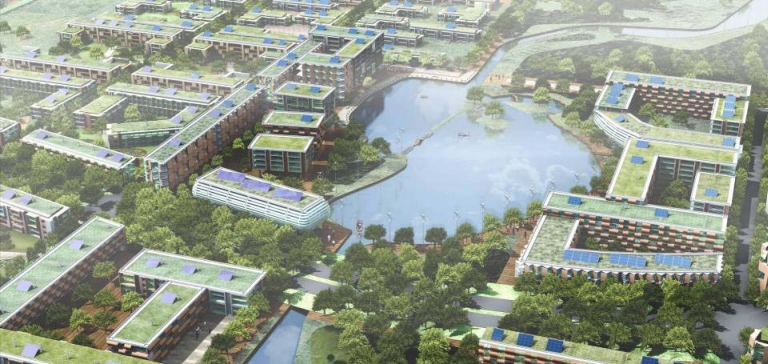
Comapct city
source: http://www.arup.com/_asse
ts/_download/8CFDEE1A-CC3
E-EA1A-25FD80B2315B50FD.p
df
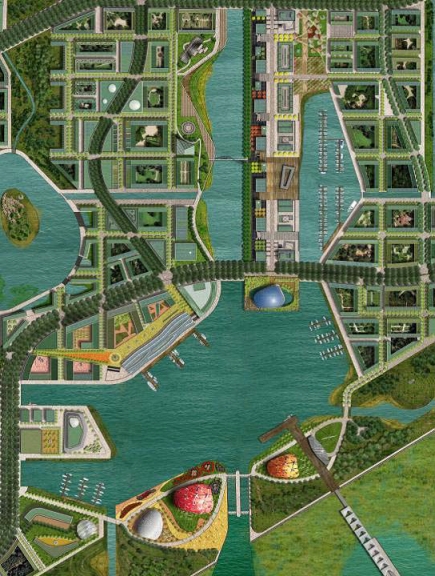
Centre
source: http://www.arup.com/_asse
ts/_download/8CFDEE1A-CC3
E-EA1A-25FD80B2315B50FD.p
df
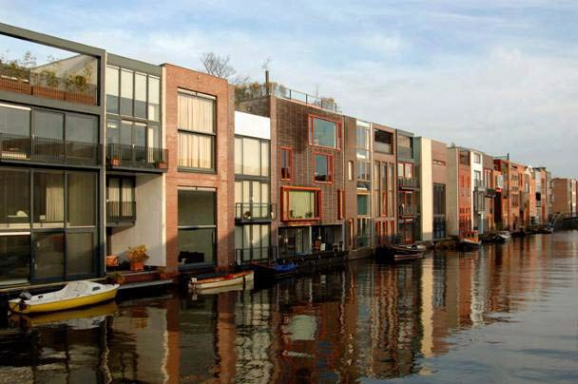
Compact city
source: http://www.arup.com/_asse
ts/_download/8CFDEE1A-CC3
E-EA1A-25FD80B2315B50FD.p
df
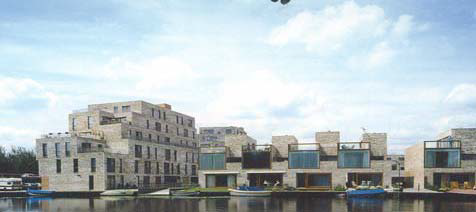
Compact city
source: http://www.arup.com/_asse
ts/_download/8CFDEE1A-CC3
E-EA1A-25FD80B2315B50FD.p
df
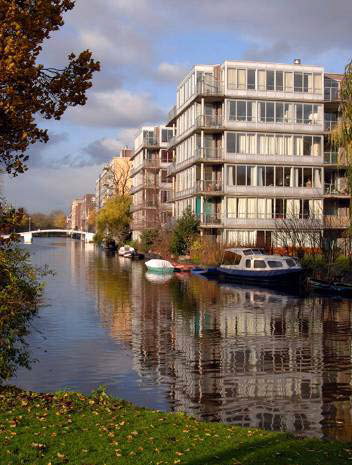
Compact city
source: http://www.arup.com/_asse
ts/_download/8CFDEE1A-CC3
E-EA1A-25FD80B2315B50FD.p
df
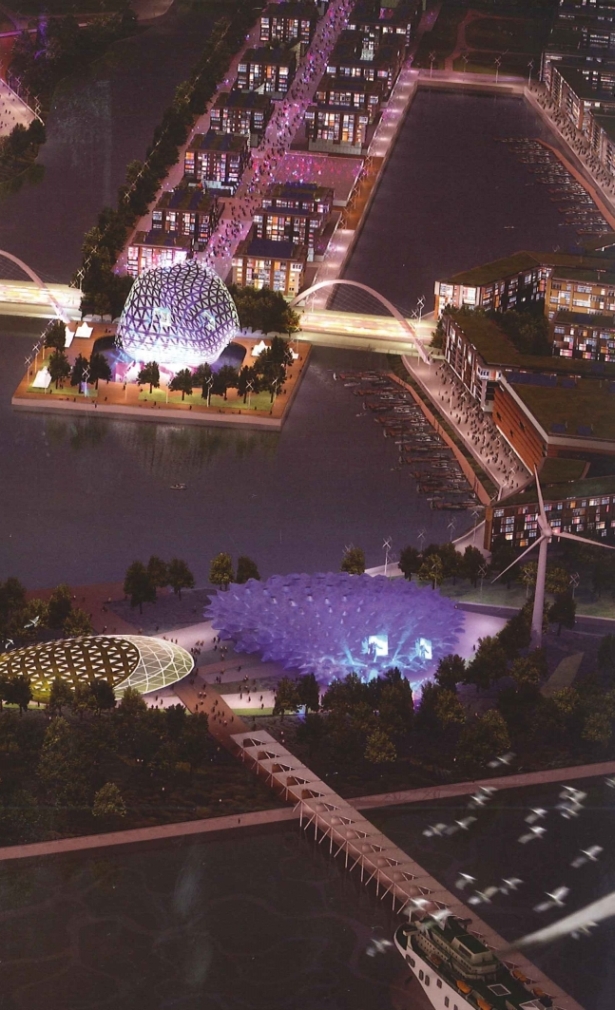
Dongtan Eco-City
source: Den Hartog, Harry:
Shanghai New Towns -
Searching for community
and identity in a
sprawling metropolis. 010
Publishers, Rotterdam
2010, 416 p. ISBN
978-90-6450-735-9
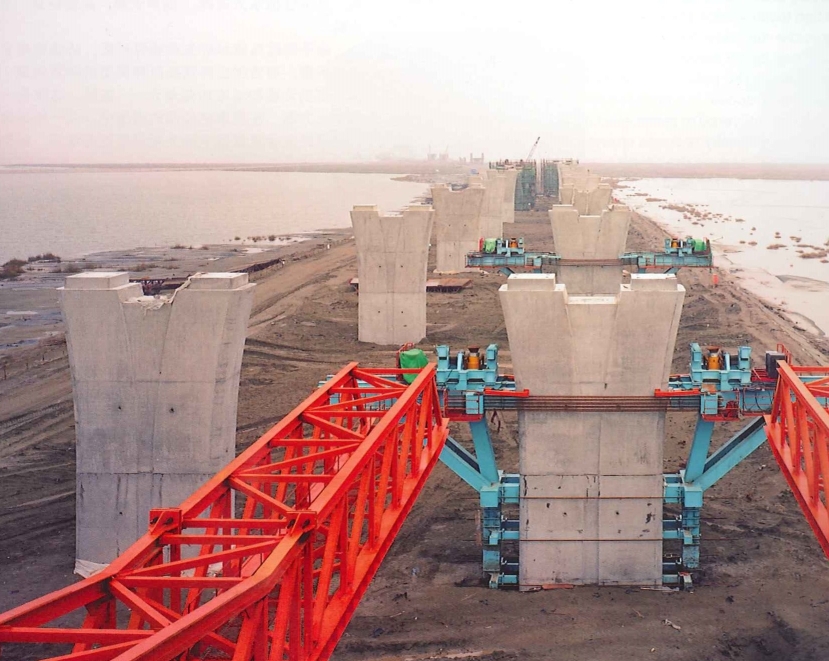
Building of a new bridge
source: Dario Kleimeer; Den
Hartog, Harry: Shanghai
New Towns - Searching for
community and identity in
a sprawling metropolis.
010 Publishers, Rotterdam
2010, 416 p. ISBN
978-90-6450-735-9
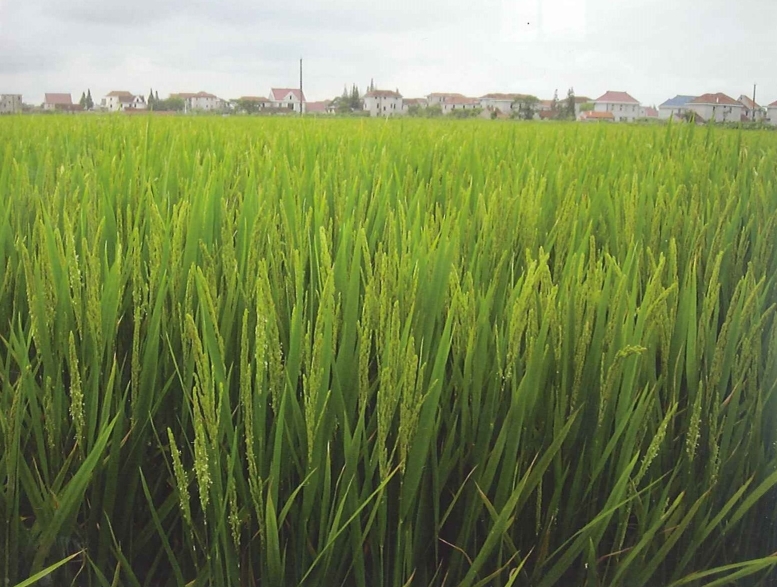
Chongming Island is still
largely rural with idylic
villages where old
traditions still survive
source: Den Hartog, Harry:
Shanghai New Towns -
Searching for community
and identity in a
sprawling metropolis. 010
Publishers, Rotterdam
2010, 416 p. ISBN
978-90-6450-735-9
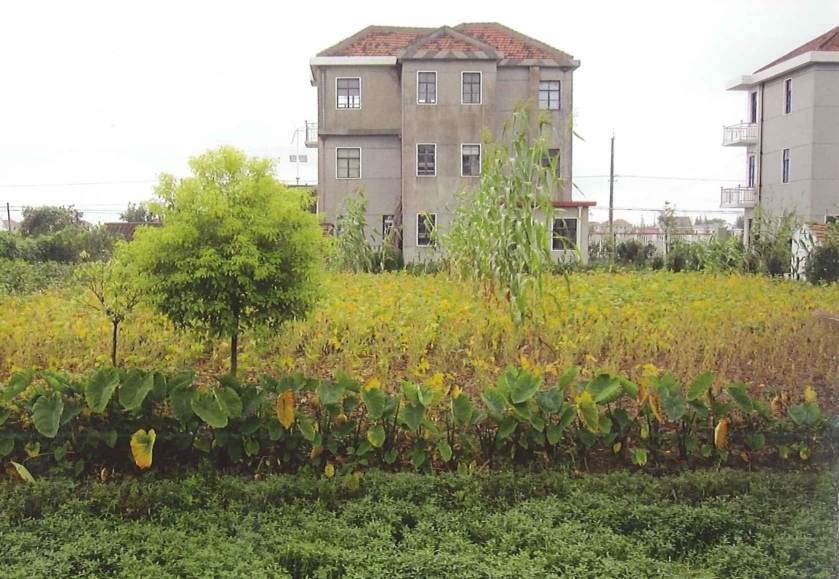
Oversized farmer's houses
as reserve for the family
source: Den Hartog, Harry:
Shanghai New Towns -
Searching for community
and identity in a
sprawling metropolis. 010
Publishers, Rotterdam
2010, 416 p. ISBN
978-90-6450-735-9
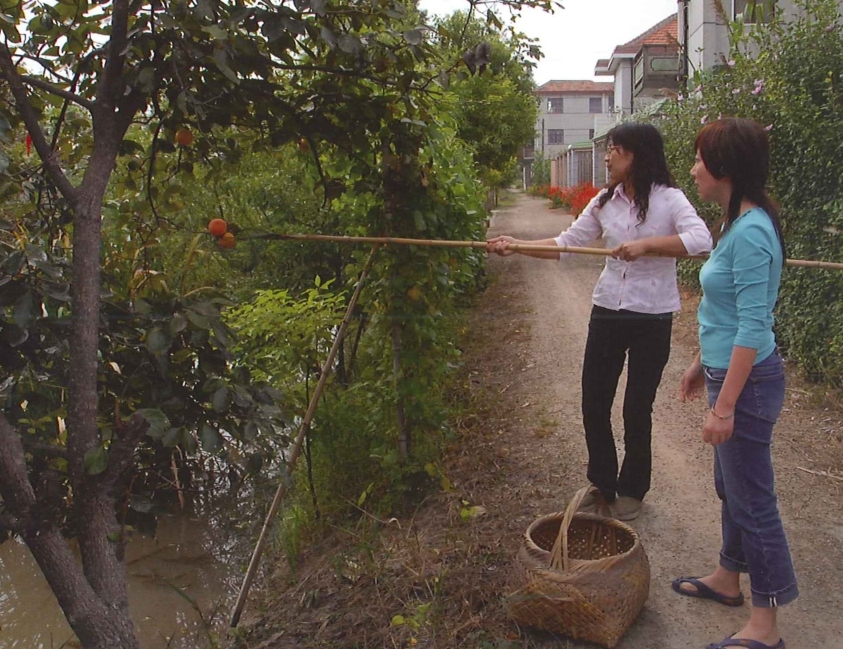
The rising middle class
is attracted by the
idylic rural life
source: Meng Jiaming; Den Hartog,
Harry: Shanghai New Towns
- Searching for community
and identity in a
sprawling metropolis. 010
Publishers, Rotterdam
2010, 416 p. ISBN
978-90-6450-735-9
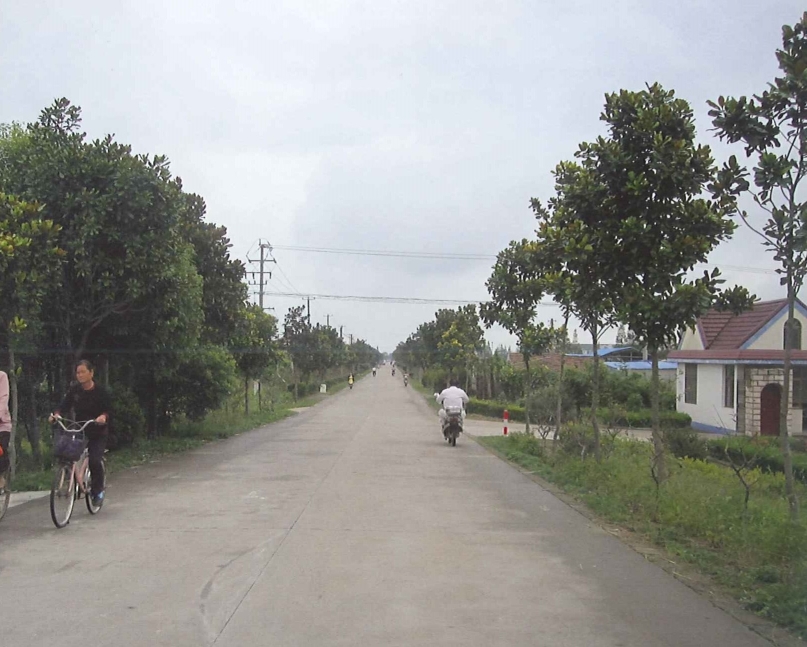
Bikes were dominant
before the opening of the
tunnel-bridge project in
2009
source: Den Hartog, Harry:
Shanghai New Towns -
Searching for community
and identity in a
sprawling metropolis. 010
Publishers, Rotterdam
2010, 416 p. ISBN
978-90-6450-735-9
|
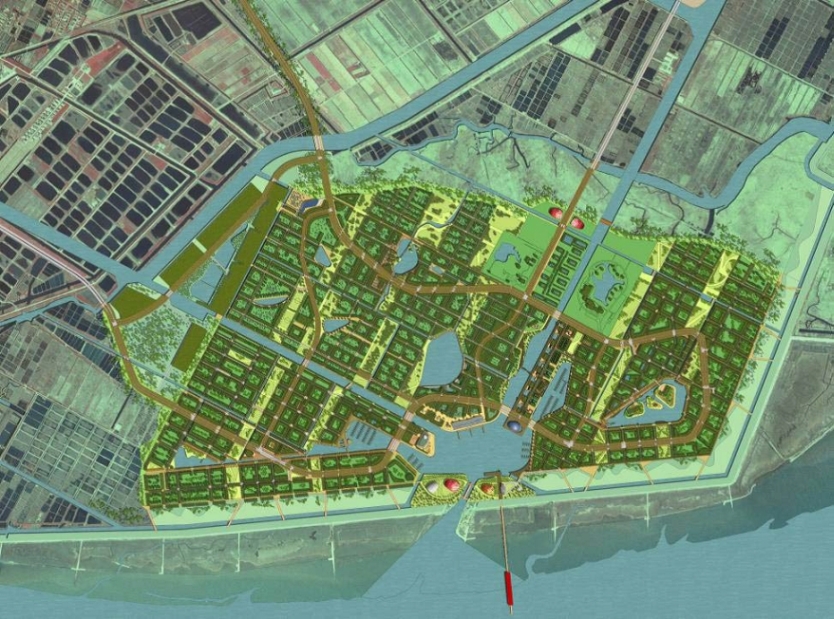
Dongtan Eco-City is proposed to be the first self-sustaining city environment on the earth by minimizing CO2 emissions and maintaining social and economic sustainability. This project will be completed as a partnership between the Chinese developer Shanghai Industrial Investment Holdings (SIIC) and the British design firm Arup.
The process started in 2001 when Chongming Island (Congming County) was earmarked as China’s national model for sustainability, energy efficiency and environmental awareness. Many international companies and organizations were invited to participate in several studies and competitions for the whole island and new towns.
In 2003, the American management consulting firm McKinsey & Company and British Arup were invited to produce a zero-carbon development strategy for the 500,000 people that would be located in the New Town.
On the basis of urban and advanced agriculture master plan of the American architectural and engineering firm Skidmore, Owings & Merrill (SOM) from 2004, the SIIC and Shanghai Municipal City Planning Administration based a general structure plan.
In 2005 the President of the People's Republic of that time, China Hu Jianto signed an agreement on trade, science, technology and education with the former Prime Minister of the United Kingdom Tony Blair. He also signed the joint project between SIIC and Arup.
Master plan
The first phase of the proposal was to establish a research network between the Chinese University and the London Institute for Sustainability. Together the network would put into practice new technologies for low-carbon cities. The other phases were based on attracting the private sector and creating an international research facility, a combination of new technologies, start-up companies and specialist research companies.
A layout of the urban plan was made in line with traditional Chinese requirements including, sunlight, sea breezes, waterside orientation or south orientation of buildings.
Social sustainability was achieved by dividing the city into a cluster of villages. To ensure an affordable housing for low-income groups, that is the biggest threats for new towns, the units built for construction workers would be turned into permanent housing.
The plan provides advanced urban food-production facilities to create enough food to accommodate the local population. The plan also calls for renewable energy, providing an input for generating electricity, heat and fuel, produced from a biomass of rice waste that ranges in high numbers. A combination of traditional and innovative building technologies would secure a reduction of energy requirements of buildings by up to 70%.
As for environmental protection, a linear buffer zone was planned between the city and wetlands to protect the thousands of rare migratory birds (Oriental White Stork, the Whistling Swan, the Black-faced Spoonbill, etc.).
For good accessibility of the city by public transport, solar powered water taxis and hydrogen fuel-cell buses would be provided. Besides this there were walking and cycling tracks.
In the past, the area faced a wide flood due to its coastal location. To ensure safety against flooding and decrease potential risk of devastating consequences, two relatively expensive, types of protection are planned – an external floodwall and internal cells within the city.
Behind an ability to implement proposed elements, there was a huge amount of work to do with local officials and regulations.
Result
The project partially failed. Due to repeated changes of municipal leaders, it has been suspend. However, few parts have been already implemented.
In 2009, the part of the Shanghai-Chongming-Jiangsu Tunnel-Bridge project, including six lanes and two rail lines, was opened. The Island functions as a case study, focusing on everyday sustainability. With help from willing residents, new ideas are sought to provide the mainland with models for a healthy, ecological and profitable way of life.
source: Den Hartog, Harry: Shanghai New Towns - Searching for community and identity in a sprawling metropolis. 010 Publishers, Rotterdam 2010, 416 p. ISBN 978-90-6450-735-9 |

